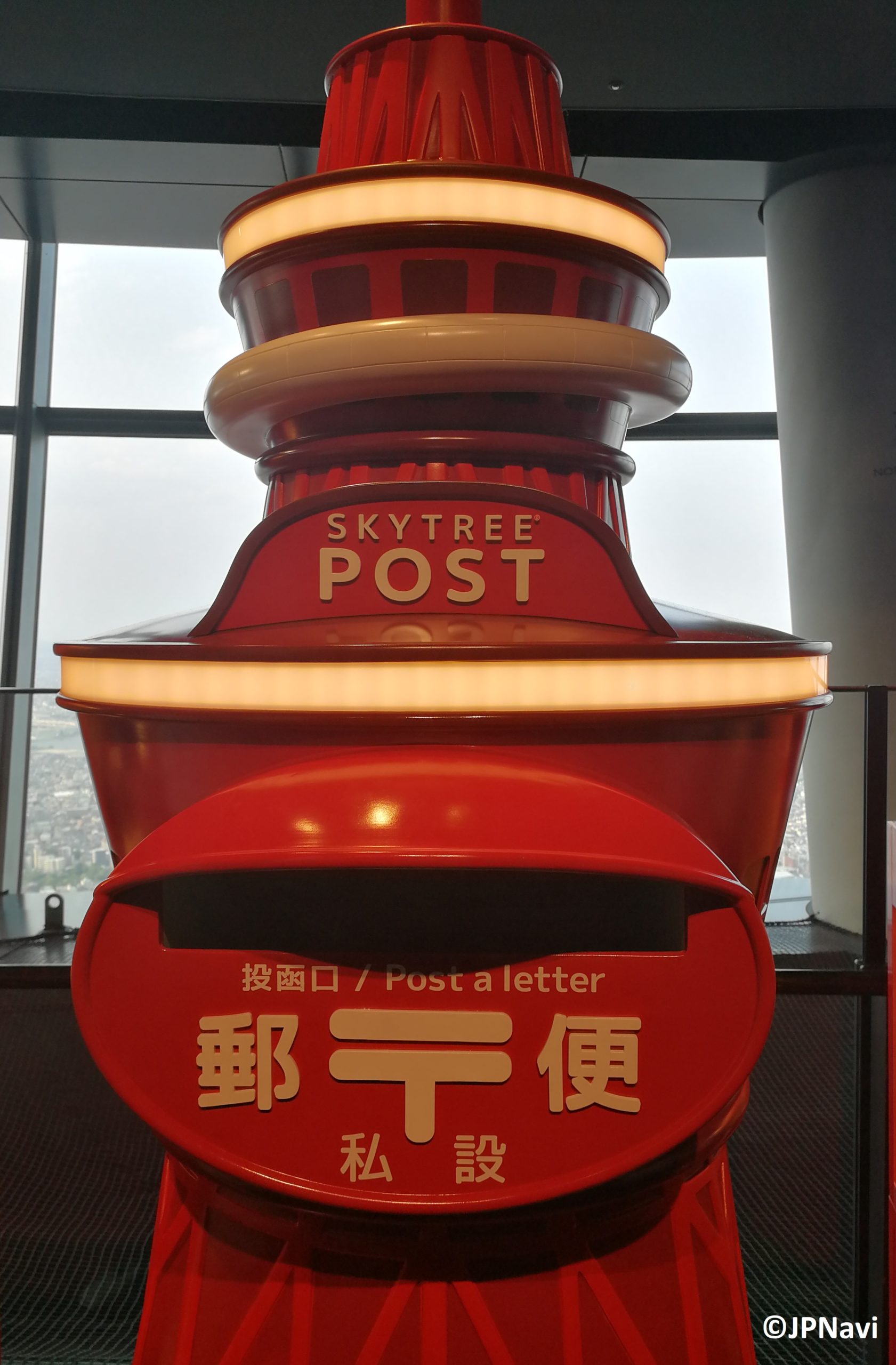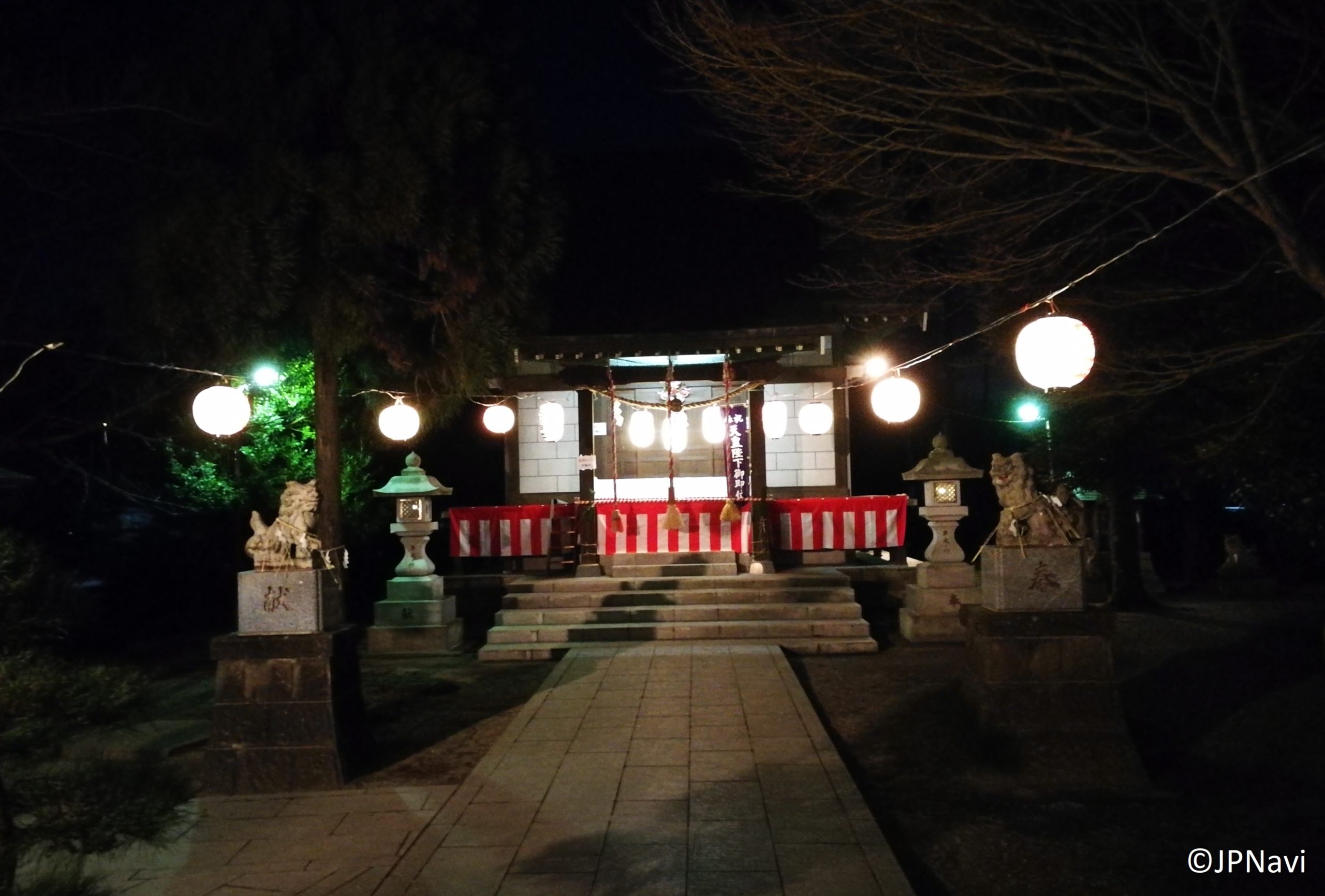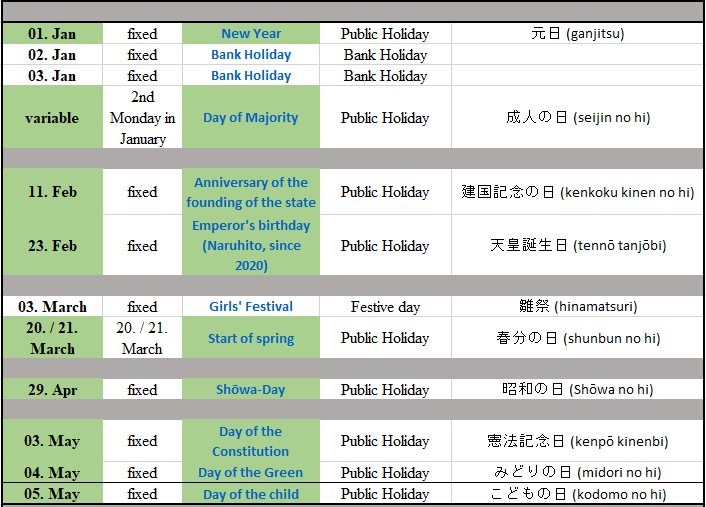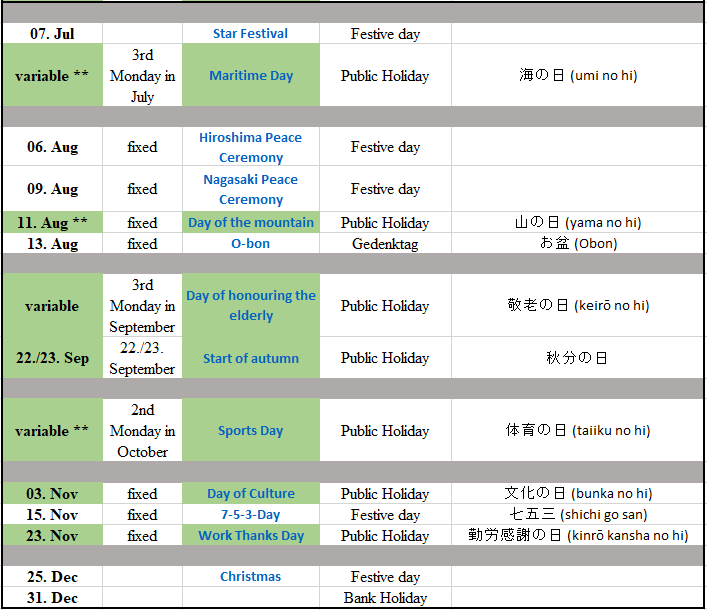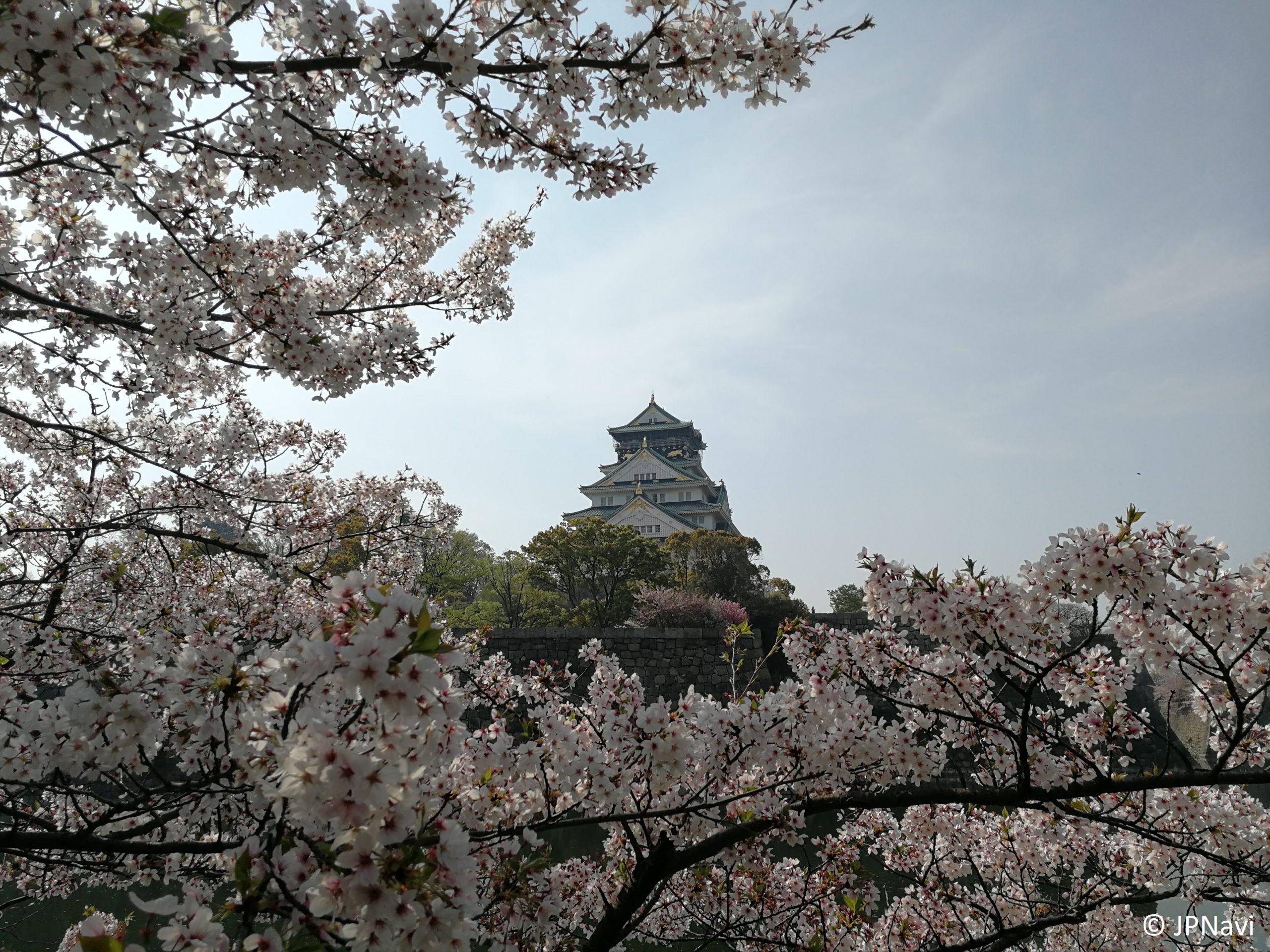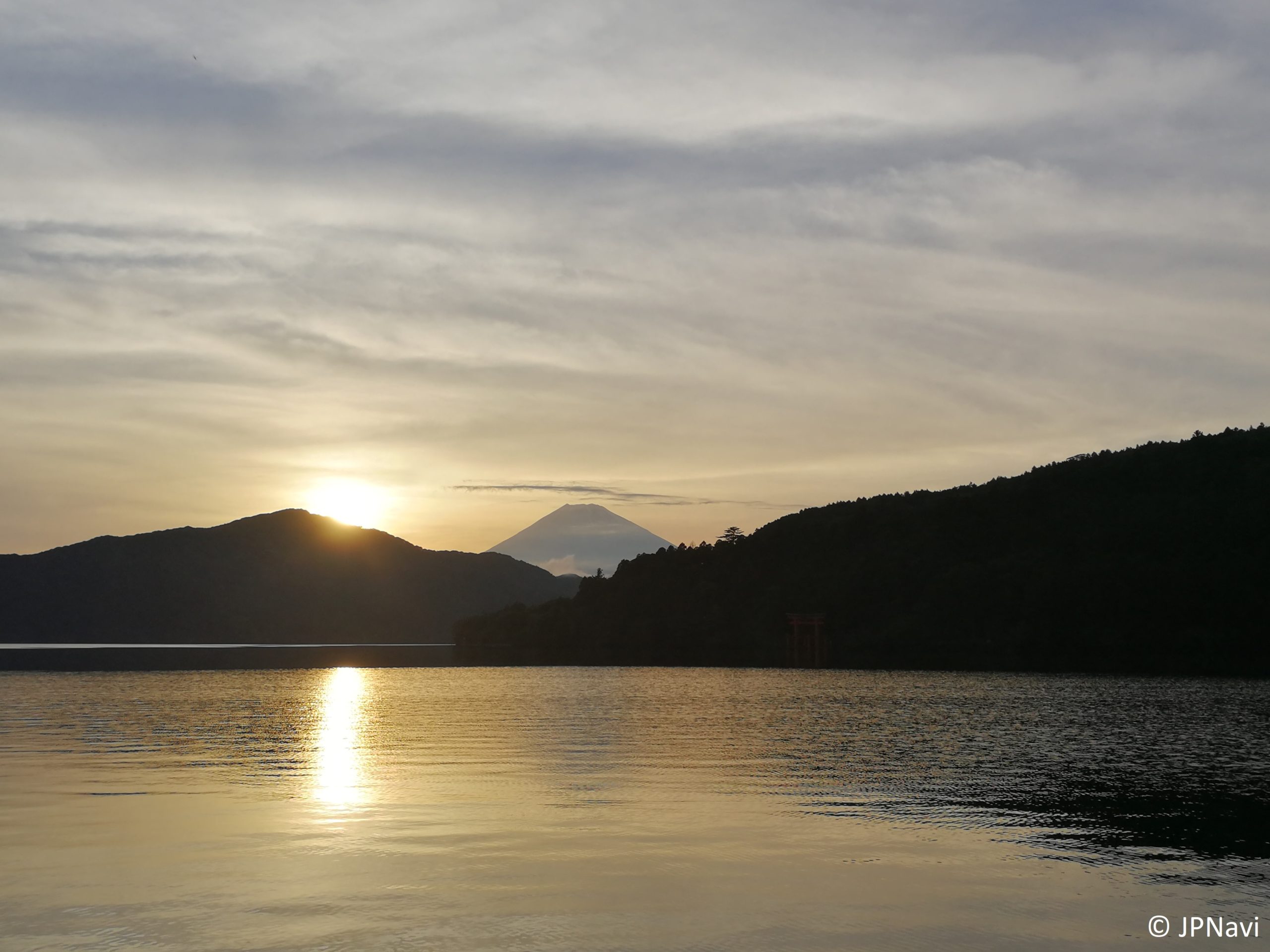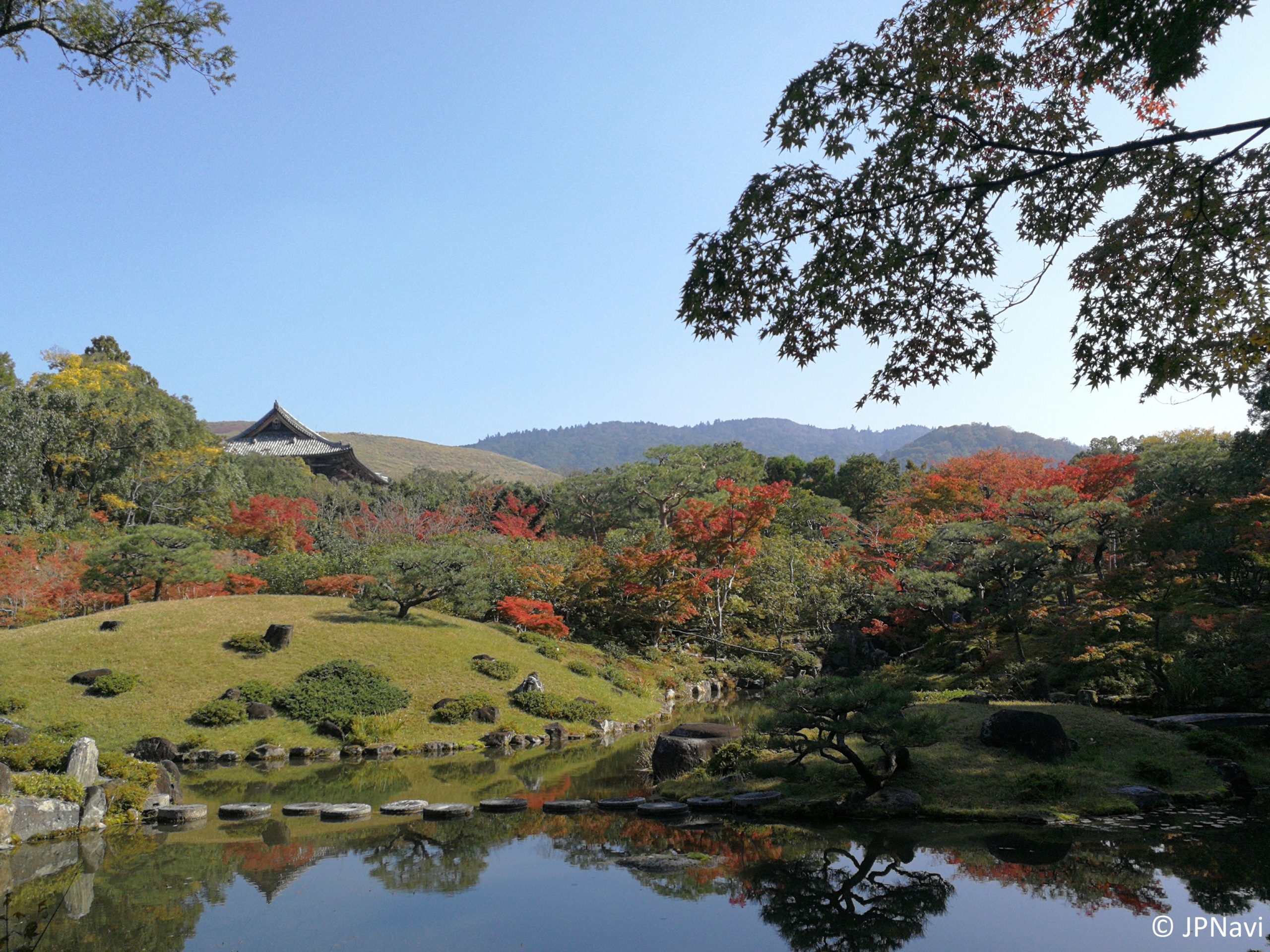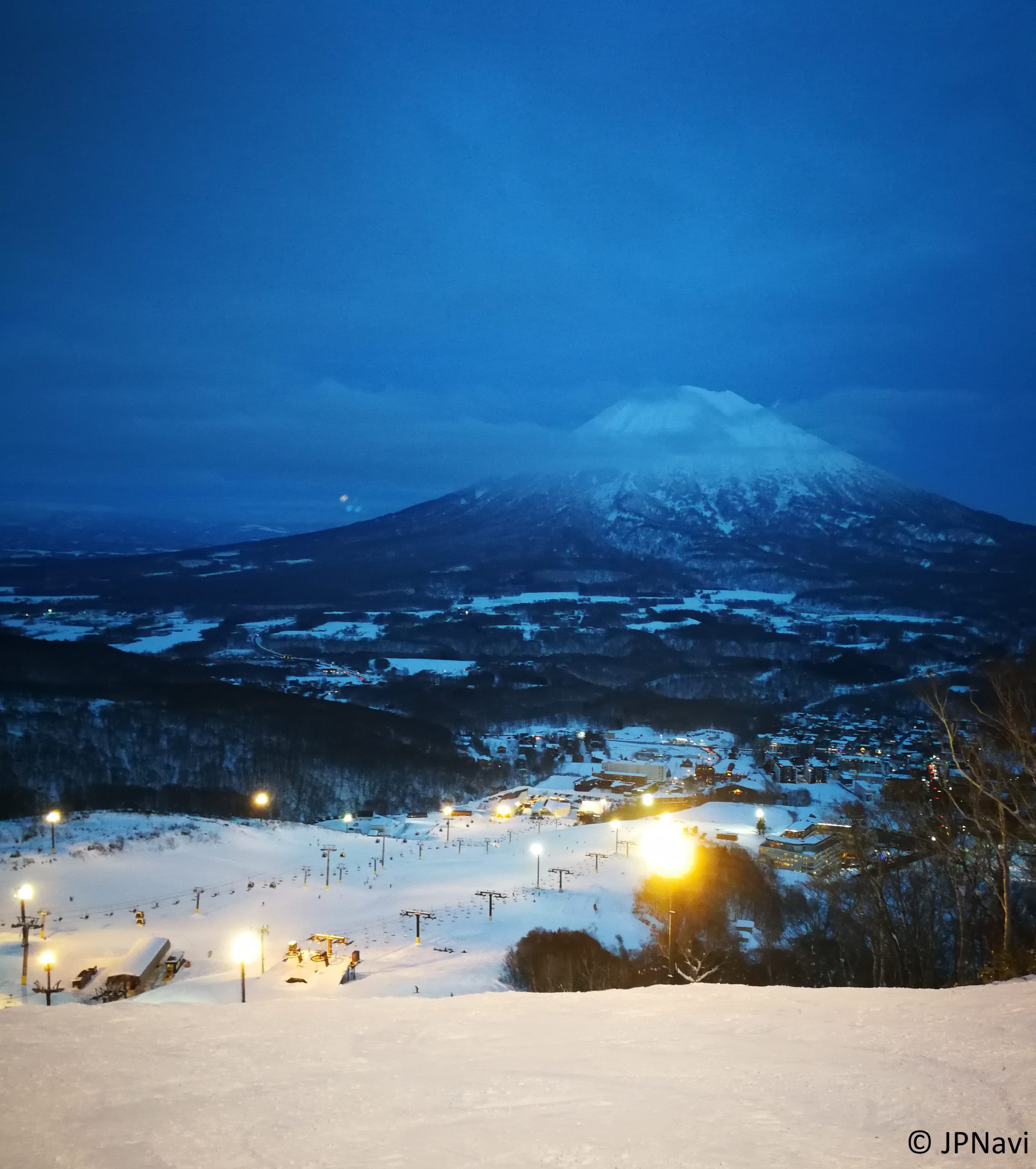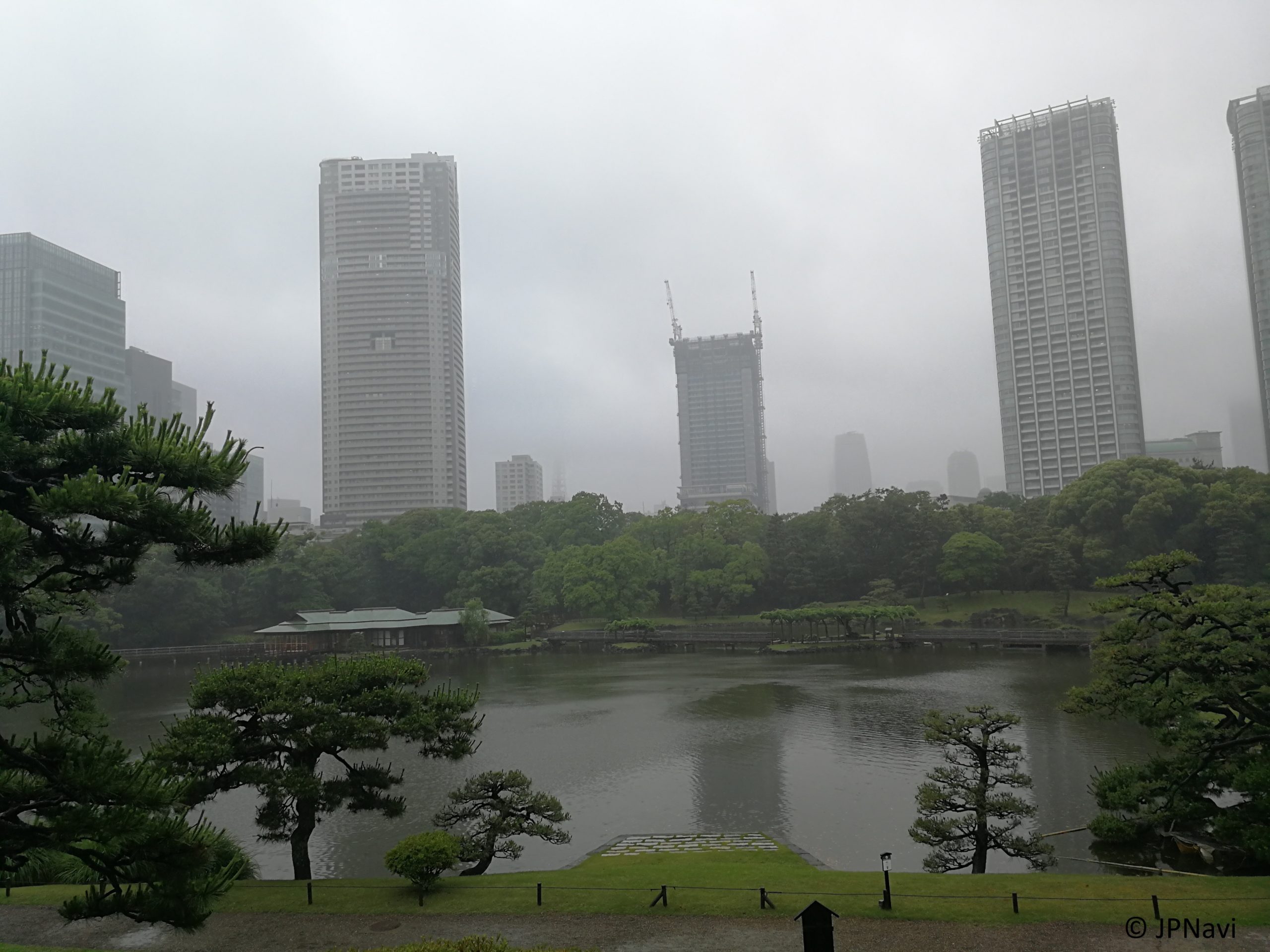How do I send postcards, letters or packages in Japan?
Basically there is also post and parcel service in Japan, just like in Germany there is also Deutsche Post and DHL, UPS, Hermes etc. The equivalent of the Deutsche Post is 日本郵便 or “Japan Post”.
Are there other providers besides Japan Post?
Yes, there are and these are mainly responsible for the parcel delivery. The best known are Kuroneko Yamato – there the logo shows a black cat combined with the colours yellow and turquoise and Sagawa with simple blue writing as logo.
I heard you can also send suitcases and skis?
That’s right, and it’s not even that expensive! Thus, it is in any case worth considering if one has to cover further distances with a lot of luggage, or if one needs a part of the luggage only later again. You will find more details about this in this article.
Post offices.

When people talk about post offices in Japan, they mean those of the Japanese Post Office – these correspond, so to speak, to the branches of the Deutsche Post.
In Japanese, post office is called 郵便局 (ゆうびんきょく) or read “Yuubinkyoku” and you can recognize post offices by their red signs in the shape of a T with a double horizontal line.
The opening hours of the post offices vary slightly depending on the post office, but they are relatively short by Japanese standards. Most post office counters are open Monday through Friday from 9:00-17:00 or 10:00-18:00. The cash machines in the post offices are usually open longer.
In the past, post offices were an important source for withdrawing Japanese cash. Nowadays, you can withdraw money with almost all cards in most convenience stores or ATMs at the train station; so the post offices have lost much of their importance. And for buying stamps or delivering parcels, the relatively limited opening hours are in any case sufficient.
You can search for the nearest post office in English here.
Mailboxes.
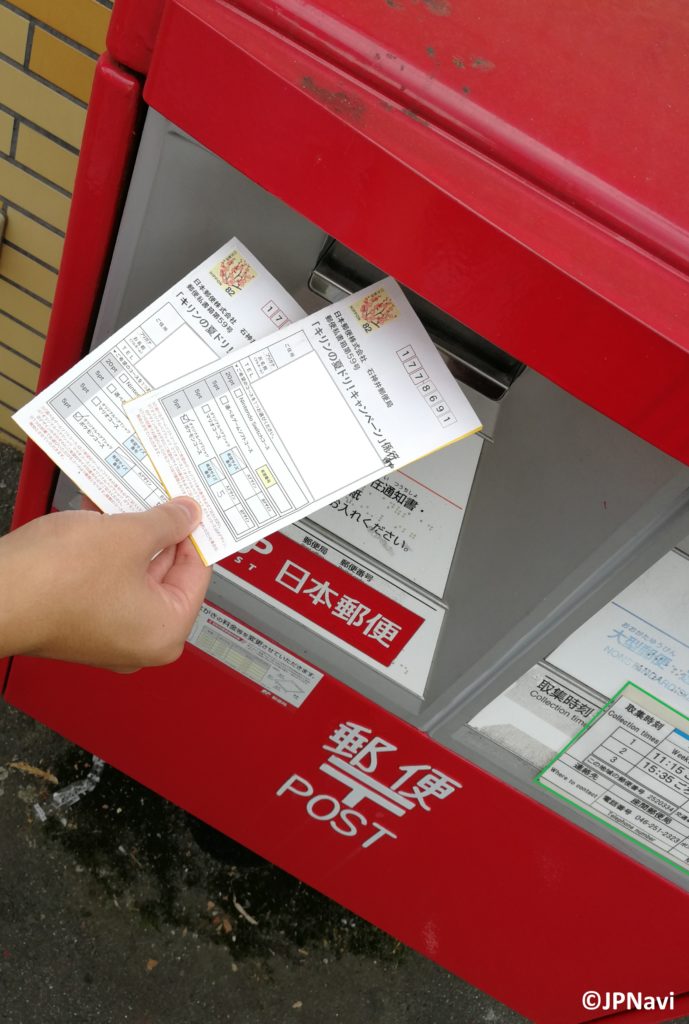
Mailboxes in Japan are – as you can see in the picture above – red and mostly an undecorated box. Except in some special cases with local decoration.
Usually there are two insertion slots, the left one for normal domestic Japanese mail and the right one for e.g. international mail. However, this is also noted in English, so there should be no problems here. Sometimes there is only one slot, which makes things even easier.
The times of emptying are written on the mailbox (here in the green marked box), whereas the basically important information is noted in English.
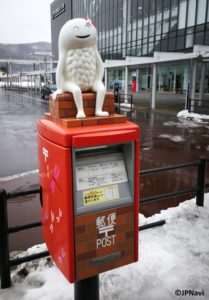
Stamps.
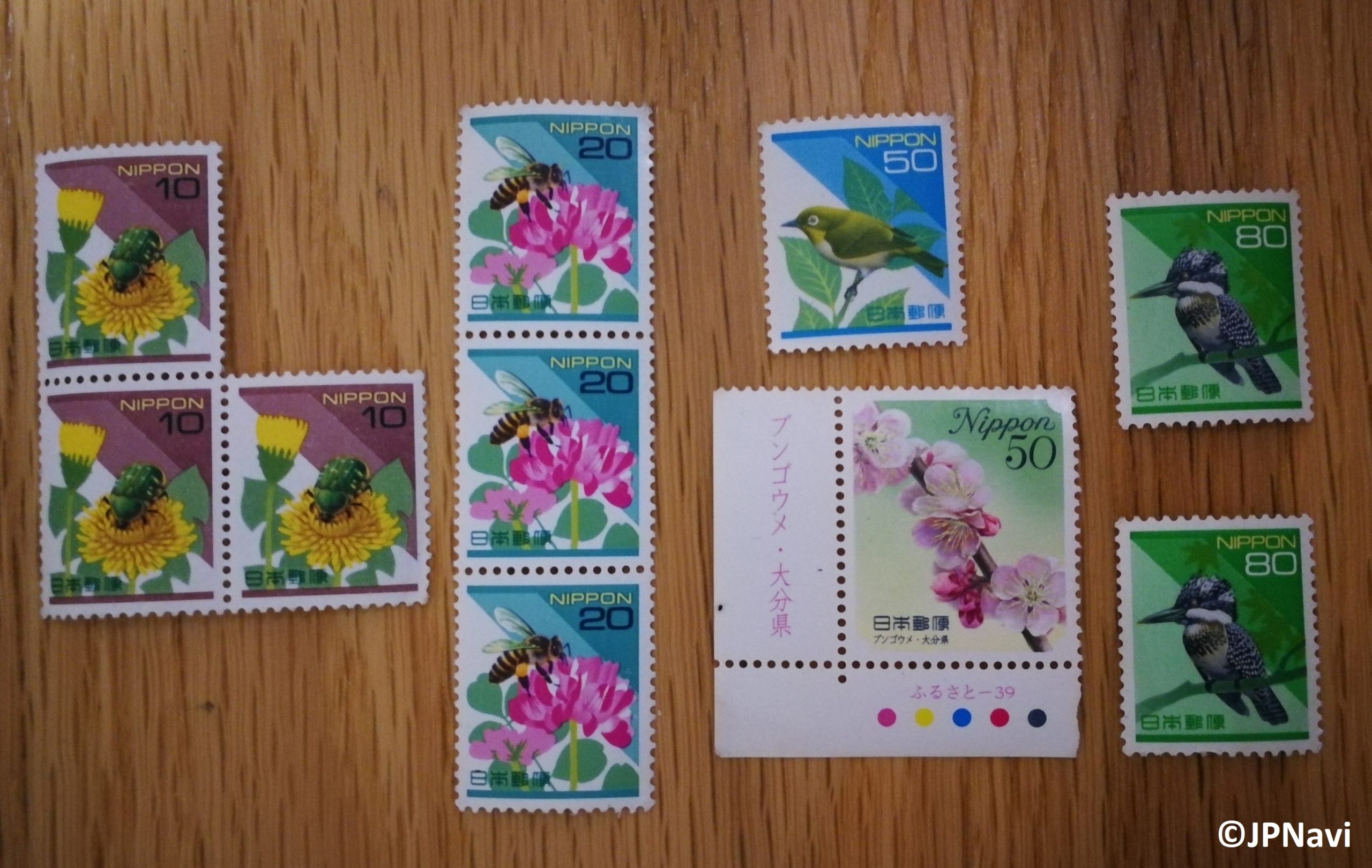
The system of stamps is the same in Japan as elsewhere. There are different values; when you buy stamps you say what amount you would like to have. If there should be problems with the language, I would simply write the amount on a piece of paper or ask for stamps with the postcard/letter in hand, then the friendly staff will look for the appropriate stamps.
The stamp is called 切手 (きって) – pronounced “kitte” – and the staff members who only speak Japanese can also use it. The respective costs for postcards or letters are listed in the next section.
Sending.
Postcards
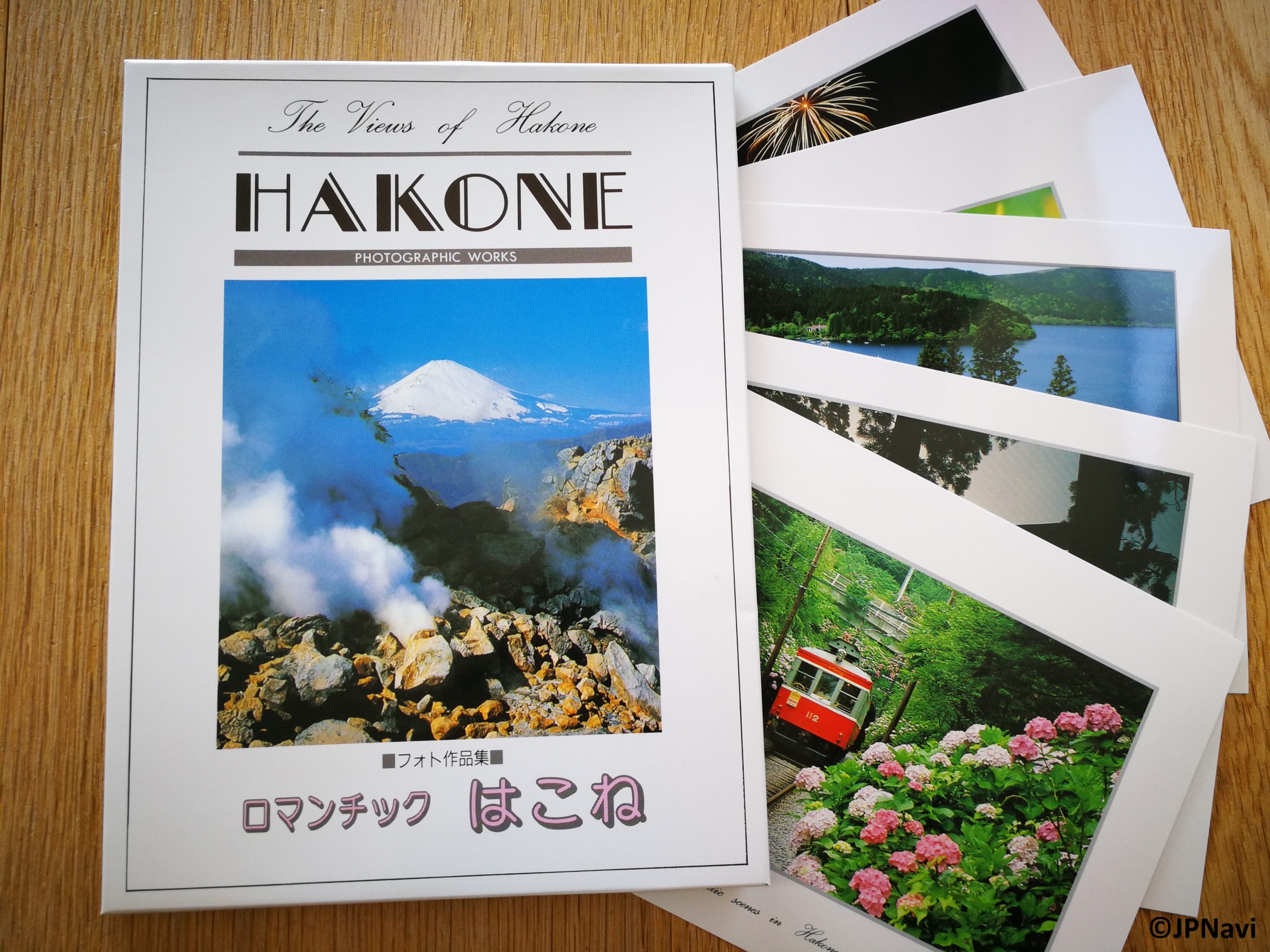
Even though it has gone a little out of fashion, postcards are still sent out from time to time. As a small tip at the beginning for buying postcards in Japan: Postcards are not available everywhere!
From Italy or also from Germany one knows it that there are postcards to buy on every corner and for example generally in stationery shops. This is not the case in Japan. If you are away from tourist attractions, it is relatively difficult to find postcards.
So if you plan to send postcards, I would recommend you to buy some, if there are any! This is usually at tourist locations in the corresponding souvenir shops. They often offer packs of 10 (see the picture of the postcard folder from Hakone – half of them are already sent…). The price for a 10-pack of postcards is about 500 to a maximum of 1000 Yen – that should be enough for a first batch to friends and relatives.
Often you can buy the stamps directly with the postcards, otherwise you have to get the stamps at a post office.
The costs for sending postcards are very manageable: No matter to which country the postcard should be sent, it costs 70 Yen (2020) – the equivalent of about 60 cents. For this, combine the stamps accordingly and stick them into the upper right corner, as here. Additionally write “Airmail” next to it, so the postcards won’t be on the road forever.
Letters
If you want to send a letter, it will be a bit more complicated than a postcard with a standard rate. Letters are divided into standard size and non-standard size, as well as into sending regions.
Standard letters include dimensions within a length of 14-23.5cm; a width of 9-12cm and a thickness of up to 1cm. The maximum weight is 50g.
For non-standard letters, the longest side is a maximum of 60cm long and the sum of length + width + thickness is a maximum of 90cm. Weights of up to 2kg are allowed, here the rates are graded.
Letters to Asia belong to Zone 1. The standard letter up to 25g costs 90 Yen, and up to 50g it costs 160 Yen to send it. Non-standard letters up to 50g cost 220 Yen, the heaviest up to 2kg costs 2150 Yen. In between there are 4 more weight limits with graduated prices (330 Yen to 100g, 510 Yen to 250g, 780 Yen to 500g, 1450 Yen to 1kg). Since you have to hand in the heavier letters at the post office anyway, I would weigh the letter there immediately and have the postage calculated.
Letters to Europe, Central and North America, Oceania and Middle East belong to Zone 2, where the standard letter is 110 Yen to 25g and 190 Yen to 50g. For the non-standard letter you pay between 260 yen to 50g and 3410 yen to 2kg (400 yen to 100g, 670 yen to 250g, 1090 yen to 500g, 2060 yen to 1kg). Again, I would have the letter weighed at the post office and buy the appropriate postage directly in the form of stamps.
Parcels
When sending parcels, you can either use the Japanese postal service or various other providers (Yamato Transport, Sagawa). With the Japanese postal service, you may be able to send the parcel as a letter if it is of the appropriate dimensions and weighs a maximum of 2kg. Anything beyond must be sent as a parcel.
Since the regulations here are very diverse, I would like to give you only a rough idea of the costs. I would ask for the exact current prices directly at the post office. Normally, as a traveller you don’t have a scale at hand anyway, so you have to have the package weighed at the post office first.
The normal package of the Japanese post within Asia costs between 1700 Yen (just under 15€) up to 500g and 15850 Yen (about 130€) up to 30kg. In between, there is a 500g scale of up to 10kg with first 350 Yen intervals and then 300 Yen intervals. Above 10kg it becomes more expensive per kilogram, starting from 7850 Yen for 10kg by about 400 Yen per kilogram.
Sending to Europe or America starts at 2500 Yen (about 20€) up to 500g and ends at 36650 Yen (about 300€) for sending up to 30kg. The graduation is similar to the parcels within Asia, only the price increases are larger per step. Starting at 850 Yen or 750 Yen per 500g to 5kg or 10kg, the jumps over 10kg are 950 Yen per kilogram more you want to send.
With Express Mail Service (EMS), you can get at least for lighter parcels a little cheaper. However, there are more zones here, so I would like to refer you to the site of the Japanese post office or a local post office.
You can post your parcel at any post office. If you use other shipping companies, you can get the stamps at the respective branch or a convenience store, which offers this service additionally. There you can also post your parcels directly.
Note: The “black cat”, Kuroneko Yamato, cooperates with Seven Eleven and Japan Post with Lawson. Family Mart and Daily Yamazaki also often offer shipping with the “black cat”. In the respective Convenient Stores you will find the shipping options including the parcel labels of the partner.
Suitcases
From time to time, one has some luggage with one that is not needed again until later or one already bought some things that are not needed again until the return flight. But it can also be only a short excursion with two overnight stays, for which actually only a backpack is sufficient as luggage, but after the excursion one goes to another city than the starting point of the excursion. In any case, it can be practical if one has to carry big suitcases to a later time of the trip. Here the “black cat” Yamato Transport offers the possibility to send suitcases.
The tariffs vary slightly depending on the starting and destination region and the size of the suitcase. They are divided according to the sum of length + width + height. There are the sizes 60, 80, 100, 120, 140 and 160cm.
From Kanto (Tokyo area) to Kansai (Osaka area, Kyoto) the 60 size costs 1040 Yen (almost 10€), and the 160 size 2180 Yen (almost 20€).
From Hokkaido to Kyushu, which is almost the greatest distance from north to south (except for Okinawa), the 60 size costs 2030 yen and the 160 size 3170 yen.
All other rates can be found here.
Besides suitcases you can also send skis or golf equipment. Usually the luggage arrives at its destination the next day, a desired time window for delivery can also be specified. I have already sent suitcases several times, this works also with the address of the destination hotel without problems. There the suitcases are then stored until the arrival.
In my opinion, there are enough constellations where sending suitcases is worthwhile for the prices charged!
You can hand in your suitcases at branches of Kuroneko Yamato and in convenience stores (Seven Eleven and usually also Family Mart and Daily Yamazaki). Recently, there are more and more places to drop off your suitcase at tourist information offices, hotels, train stations and airports – just look for the turquoise and yellow logo with the black cat in the middle.
Receiving mail.
Receiving is not a great art. Postcards and letters are delivered to the mailbox, or if you expect mail in a hotel, you simply have to contact the reception. In hotels the parcels are also deposited at the reception, here you don’t have to do anything else but pick them up.
If the parcels are delivered to a private address, you must confirm receipt by signing (or earlier stamp). However, the parcel carriers would like to have a legible name instead of a scribbled signature, as it is common in Germany. If you are not at home, the parcels will be taken away again and you can arrange a new delivery date by calling a telephone hotline.
Summary.
In Japan, too, there are many different classes for posting letters and especially for sending parcels.
Sending postcards, on the other hand, is relatively easy – if you have bought postcards that are not always easy to find: The unit price is 70 Yen all over the world.
For letters and parcels I would recommend to have the postage calculated locally at the post office or convenience store.
It is practical and relatively cheap to send suitcases in Japan, most of the time they arrive at their destination the next day. Here I made good experiences with Kuroneko Yamato, the suitcases can be posted at Seven Eleven.

